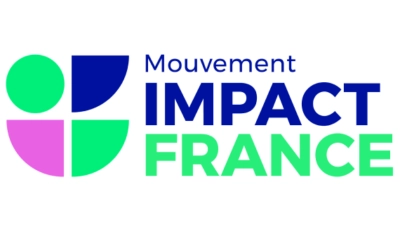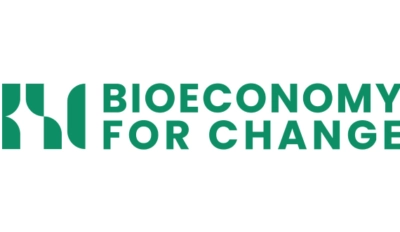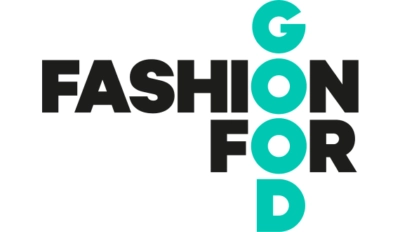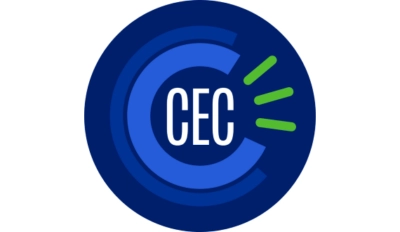Our commitments
At Pili, we're working on the ecological transition by inventing more sustainable ways of producing, as well as ways of thinking that are more aware of environmental issues. We also work alongside other committed players to drive regulatory change.
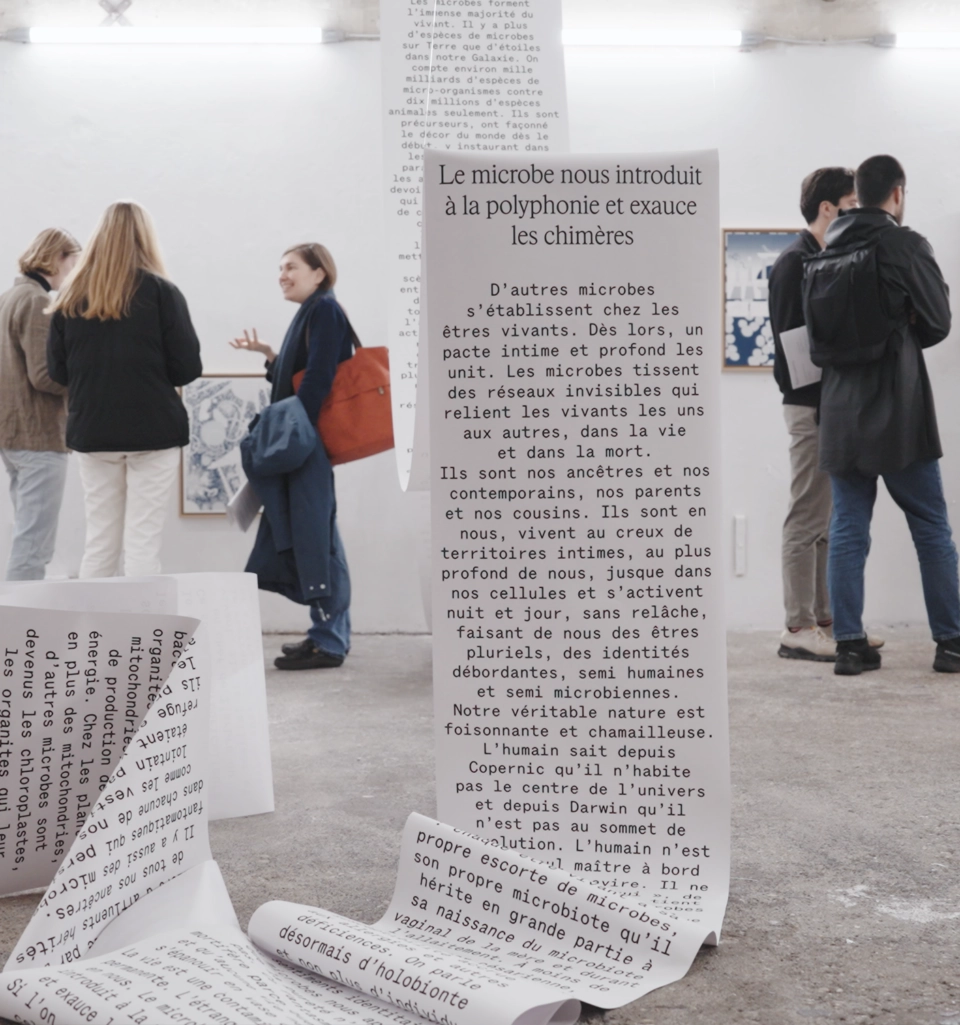
Marie-Sarah Adenis
Arts & imaginaries
Just as climate and biodiversity cannot be dissociated, Pili is convinced that technical and symbolic solutions influence and complement each other to offer exciting new paradigms. By placing itself at the forefront of imaginaries, Pili aims to break free from anxiety-inducing narratives about the ecological crisis and to propose desirable futures. We’ve been exploring these new narratives since Pili’s origins, developing artistic projects that we share through conferences and exhibitions.
Glory to the Microbes
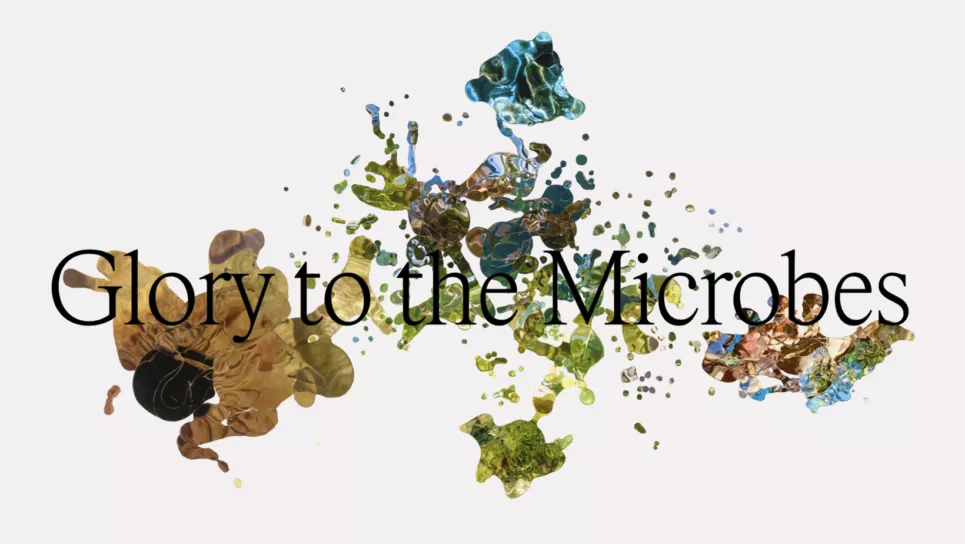
Glory to the microbes stands at the forefront of eternity to tell the marvelous stories of invisible worlds within us.
This is the first trans-species mission to bring together microbes of all kinds, as well as human beings, artists and scientists, all invited to orbit the microbial mystery and give birth to a new vision, worthy of the power and beauty of this microscopic kingdom that has been scorned for too long. With Glory to the Microbes, you’re about to step into a new reality: tiny in size but gigantic in its disclosures.
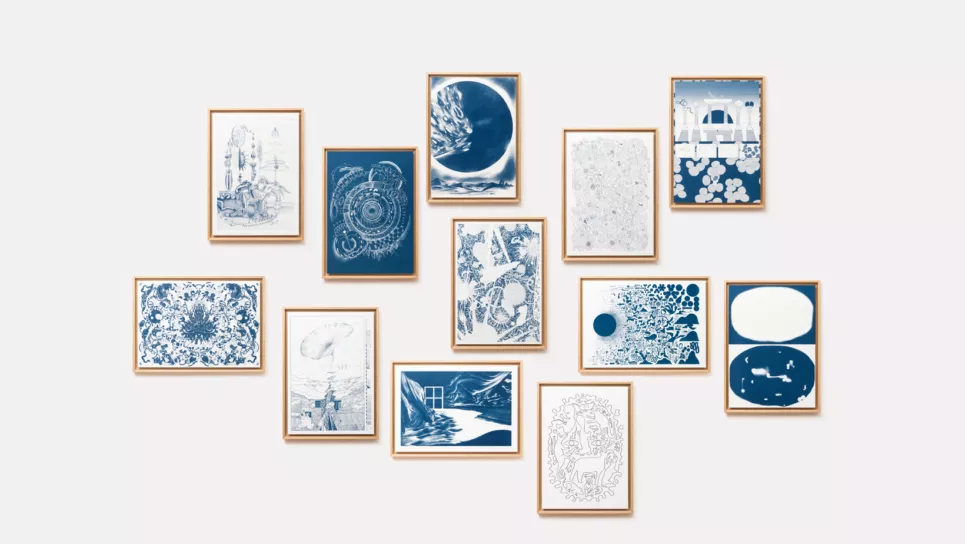
The artworks created are not only unique because of the innovative subjects they aim to unveil, but also because of the blue ink used to make these stories visible: the prints are reproduced with biobased indigo developed and produced by Pili. Be the first to experience this dual revolution in imagination and production methods.
Pili's artistic journey
Artistic exploration in Pili's DNA
Pili was born at the crossroads of science and art, and its first experiments took shape in a laboratory and in a workshop. The citizenship dimension has always been at the heart of our commitments, as have the pleasure of color and the magic of processes. Here's a look back at some of the highlights of this artistic and educational journey.
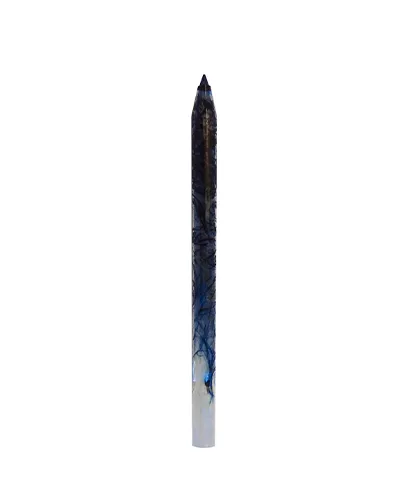
Marie-Sarah Adenis
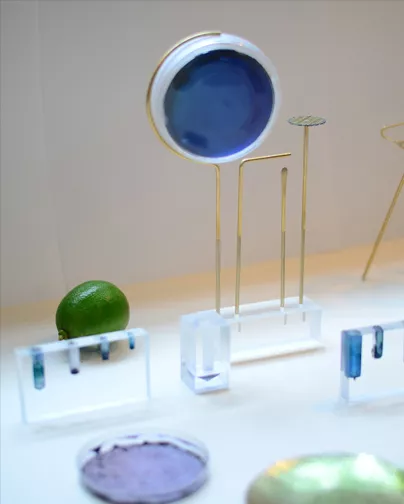
Marie-Sarah Adenis
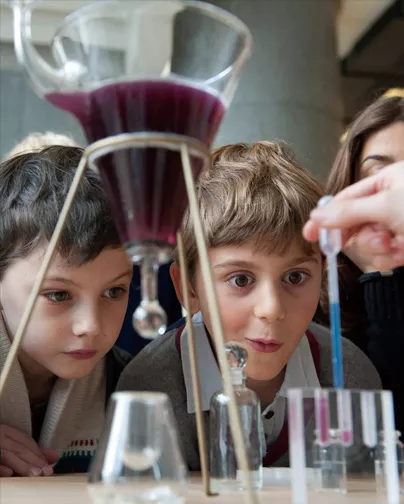
Marie-Sarah Adenis
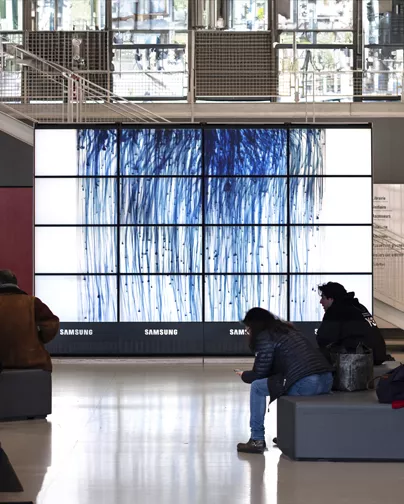
Marie-Sarah Adenis
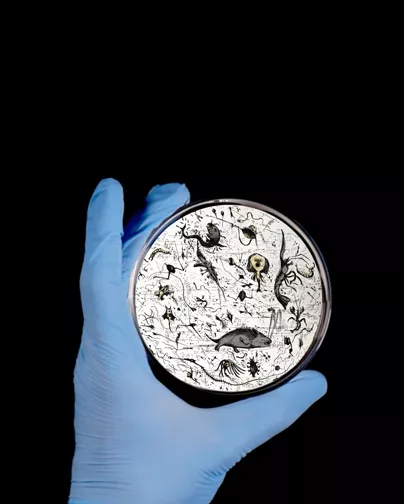
Marie-Sarah Adenis
A semi-living pen

It all began with a fictional idea: a pen to feed containing bacteria able to produce ink endlessly.
A kit for growing your own ink

Pili's processes were so fascinating that we wanted to bring them out of the laboratory to showcase the beauty of the production process (see the bacteria colonies grow, the color appear, the ink decant...).
“Grow your ink” workshops

We then wanted to share the wonder of these processes with a wider audience (adults and children alike) to explore them together and shake up misconceptions about the microbial world. We organized these workshops in numerous institutions around the world.
Collective exhibition at the Centre Pompidou

Pili took part in the collective exhibition “La fabrique du vivant” (The Fabric of the Living), which highlighted the most astonishing and innovative creations at the crossroads of design and science.
Collective exhibition at the Triennale Milano

Pili was chosen to exhibit in the French pavilion at “Broken Nature: Design Takes on Human Survival”. The Triennale Milano was dedicated to ecological issues and to solutions provided by design, art and architecture.
Pili contributes to the United Nations Sustainable Development Goals
The United Nations has defined 17 Sustainable Development Goals (SDGs) to ensure social and climate justice. Through its missions, Pili contributes to the achievement of several of the SDGs.
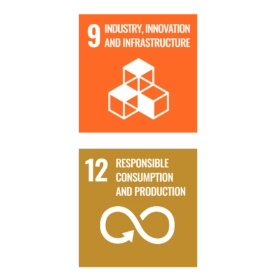
SDG 9 Industries, innovation and infrastructures
9.4 By 2030, upgrade infrastructure and retrofit industries to make them sustainable, with increased resource-use efficiency and greater adoption of clean and environmentally sound technologies and industrial processes, with all countries taking action in accordance with their respective capabilities.
Pili is modernizing the color industry to make it sustainable, by a more rational use of energy, a reduction in the consumption of fossil resources and by using innovative biotechnology and organic chemistry processes that are more environmentally friendly.
SDG 12: Sustainable consumption and production
SDG 12.4: By 2020, achieve the environmentally sound management of chemicals and all wastes throughout their life cycle, in accordance with agreed international frameworks, and significantly reduce their release to air, water and soil in order to minimize their adverse impacts on human health and the environment.
Pili practices sustainable chemistry, based on the following principles: reduce consumption of harmful reagents and solvents, maximize solvent recycling, substitute hazardous reagents with renewable non-toxic alternatives.
SDG 12: Sustainable consumption and production
SDG 12.8: By 2030, ensure that people everywhere have the relevant information and awareness for sustainable development and lifestyles in harmony with nature.
Pili contributes to improving knowledge about the environmental impact of colors, by sharing the results of Life Cycle Analyses (LCA) of its products and their fossil-based counterparts.
Pili also works to renew imaginaries, in particular those about microbes which are essential to climate and biodiversity, and which we still know so little about. Pili creates new narratives, conveyed through artworks based on scientific knowledge, so as to improve our understanding of how living things work, and thus better inhabit the Earth.
Marie-Sarah Adenis
